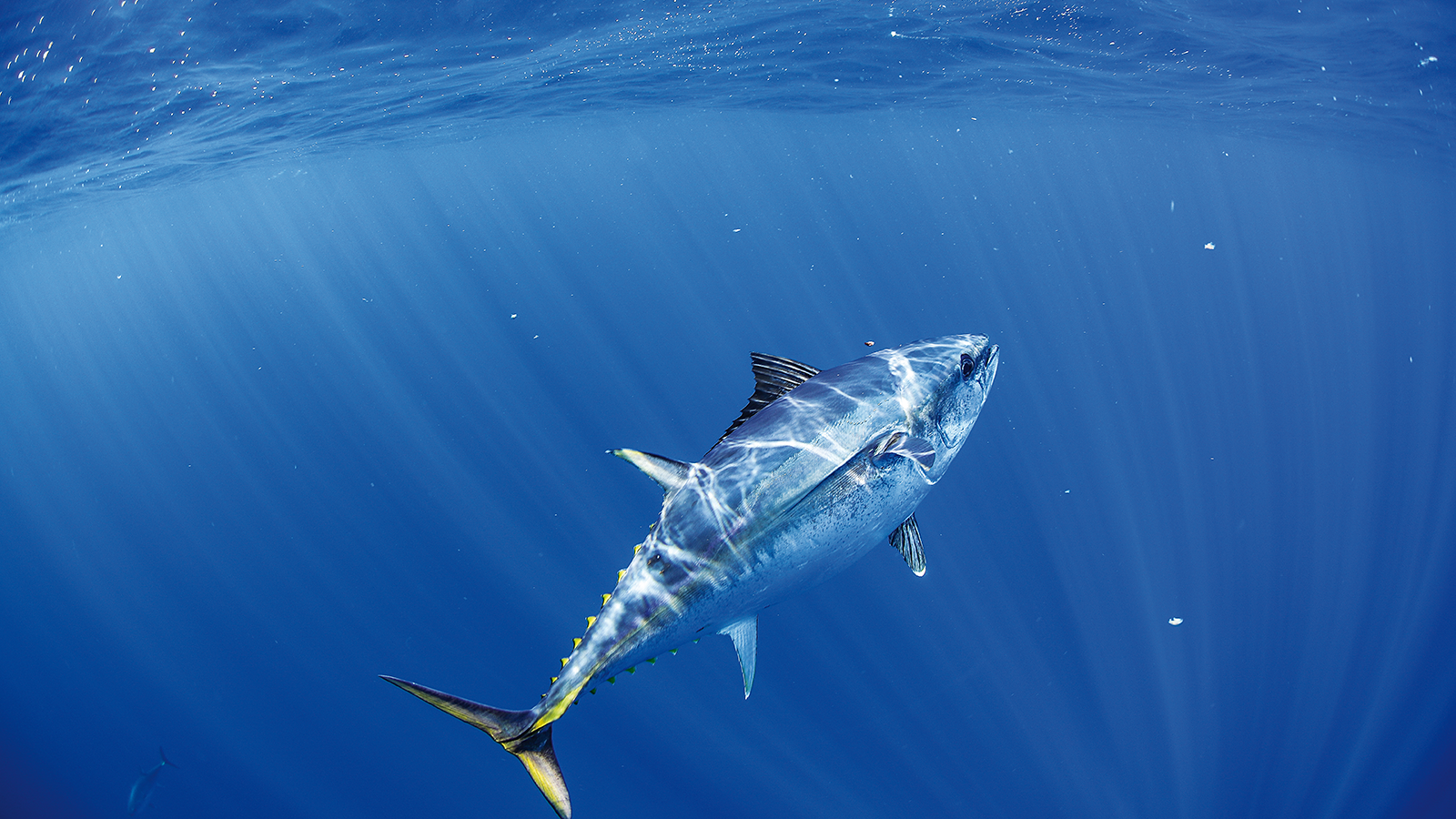SIA early mover micro project - integrated wave energy microgrid design
Our project is an “early mover micro project” within SIA’s overarching industry decarbonisation program, where the deliverable is the needs analysis and design for a wave energy microgrid system for Southern Ocean Mariculture, an abalone aquaculture company located in Port Fairy, Victoria.
Throughout this past year, Southern Ocean Mariculture (SOM), AZURA Ocean Technologies (AZURA) and Deloitte Emissions Solutions (DES) have been in early discussion about development of an ocean energy solution to help SOM achieve their decarbonisation goals, reduce their cost of energy and reduce dependency on grid-supplied electricity. These parties have identified the need to analyse SOM’s future energy requirements and develop a novel approach to help them decarbonise through a multi-modal renewable ocean energy microgrid.
Upon learning about AOEG’s proposal to develop an ocean energy/aquaculture program, the leaders of SOM, AZURA and DES enthusiastically offered their participation to co-design a suitable ocean energy microgrid system to meet their needs, under an FRDC funded project. This group of visionary leaders is excited to join the AOEG team in showcasing the work of this proof-of-concept project within the context of the larger SIA Decarbonisation Program, with learnings and application to the broader aquaculture sector.
This project will result in the design for an ocean energy microgrid system that will produce electricity to supplement SOM’s existing grid and/or fossil fuel based energy supply. SOM will help to assess which element of their operation will be used as the basis for initial microgrid design. As a pilot project, this approach enables SOM to evaluate a wide range of issues without high risks and will be considered an incremental step toward building a full-scale off-grid clean energy system for the future.
As an early-mover project within SIA’s decarbonisation program, the following knowledge will be generated for learning and dissemination to the industry.
- Showcase what an ocean energy microgrid system is and its required elements.
- Document the items and factors required to design a suitable microgrid energy system.
- Document the process by which the design is developed.
- Showcase how other offshore or near shore industries could leverage ocean energy microgrids to provide clean electricity for their operations and to help meet decarbonisation targets
- Demonstrate the potential for ocean energy playing a significant role in Australia’s future renewable energy mix
AOEG will collaborate with SIA and the Blue Economy CRC to co-implement industry outreach, communications and other complementary activities within the limits of this first mover energy transition ‘micro-project’.
Final report
The Project tested the hypothesis that integrating wave energy with other renewables and storage can yield a more reliable, cost-effective and sustainable energy solution than a traditional solar-battery setup.






